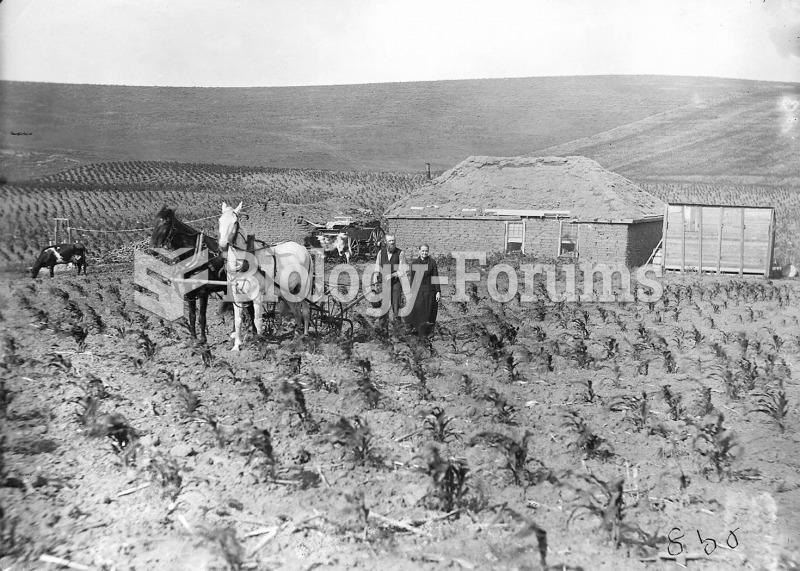Answer to Question 1
B
Feedback
A Incorrect. When the nurse shares personal information such as home addresses and telephone numbers, or socializes with the family, this behavior on the part of the nurse ignores professional boundaries and is not helpful in developing trust and rapport.
B Correct. When the nurse shares personal information such as home addresses and telephone numbers, or socializes with the family, this behavior on the part of the nurse signals over-involvement.
C Incorrect. When the nurse shares personal information such as home addresses and telephone numbers, or socializes with the family, this behavior on the part of the nurse ignores professional boundaries and will lead to the nurse becoming burned out.
D Incorrect. When the nurse shares personal information such as home addresses and telephone numbers, or socializes with the family, this behavior on the part of the nurse may make the nurse feel like part of the family, but it will reduce the therapeutic quality of the nursing relationship.
Answer to Question 2
B
Feedback
A Incorrect. Increased intracranial pressure (ICP) is seen in children with more than one prematurely fused suture, but this does not necessarily result in hydrocephalus.
B Correct. The nurse will expect to find skull deformity in the child who has craniosynostosis. Craniosynostosis is the premature closure of the cranial sutures. When this occurs, bone growth will continue but in a direction parallel to the suture line, leading to compensatory overgrowth at the normal suture lines and skull deformity.
C Incorrect. Signs of infection would not be an expected finding prior to surgical correction.
D Incorrect. Cyanosis would not be an expected finding because there is not an excess of deoxygenated hemoglobin in the blood.







